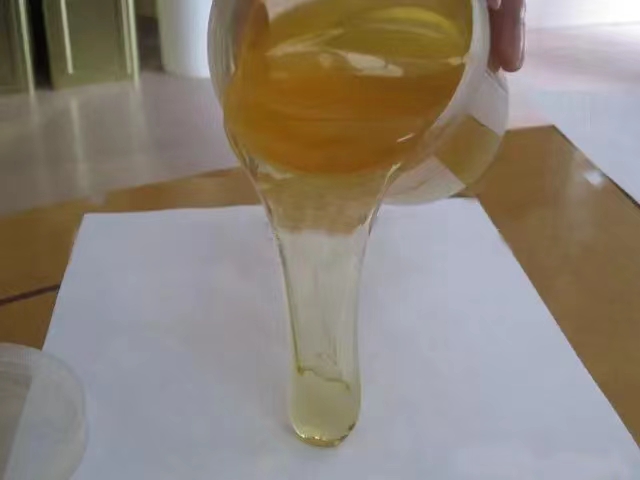Epoxy resin has excellent mechanical strength and bonding performance, good heat resistance, electrical performance and molding processing performance, and low cost. It is widely used in the fields of adhesives, coatings, electrical insulation materials and composites, and semiconductor materials. However, its internal stress is high and its toughness is not ideal. Silicone has the advantages of good thermal stability, low surface energy, low temperature flexibility, weather resistance, hydrophobicity, good oxidation resistance, and high dielectric strength. It is complementary to the properties of epoxy resin. Modifying epoxy resin with organosilicon is an effective way to reduce the internal stress of epoxy resin and increase the toughness of epoxy resin. However, due to the low surface energy of silicone and poor compatibility with epoxy resin, it is easy to produce oil seepage on the plastic surface by direct blending. Therefore, epoxy silicone oil is first pre reacted with phenolic resin, the curing agent of epoxy resin, to form a block copolymer, and then mixed with epoxy resin, which not only solves the oil seepage, but also reduces the internal stress. There are also prepolymers obtained by pre reaction of epoxy terminated silicone oil with diaminodiphenylmethane (DDM), and then compounded with epoxy resin. The impact strength of the modified epoxy resin is increased from 20.23kj/m2 to 27.19kj/m2, and the elongation at break is increased from 7.6% to 16.7%. It shows obvious toughening effect.
It has also been studied that the mechanical properties of epoxy resin modified by direct physical blending of epoxy terminated silicone oil and polyether ammonia (d-230) decrease greatly with the increase of the amount of epoxy terminated silicone oil. With the increase of the amount of end epoxy silicone oil added, the mechanical properties of epoxy cured products first increased and then decreased. According to the experimental data, the toughening effect of end epoxy silicone oil modified by pre reaction is better than that of physical direct blending. In terms of operation, this method is practical and easy to control.
In order to solve the shortcoming that the glass transition temperature decreases greatly after silicone modified epoxy resin, some people use epoxy terminated silicone oil and difunctional silicone containing phenolic hydroxyl and multifunctional silicone containing epoxy group to modify epoxy resin together, which can reduce the linear expansion coefficient by 20%, reduce the internal stress index by about 20%, and increase the anti cracking index by more than 50%. The glass transition temperature of the cured product is basically unchanged, and the thermal decomposition temperature is greatly increased



